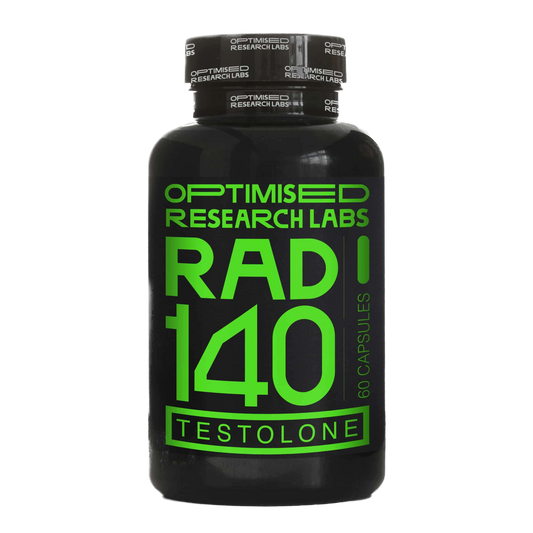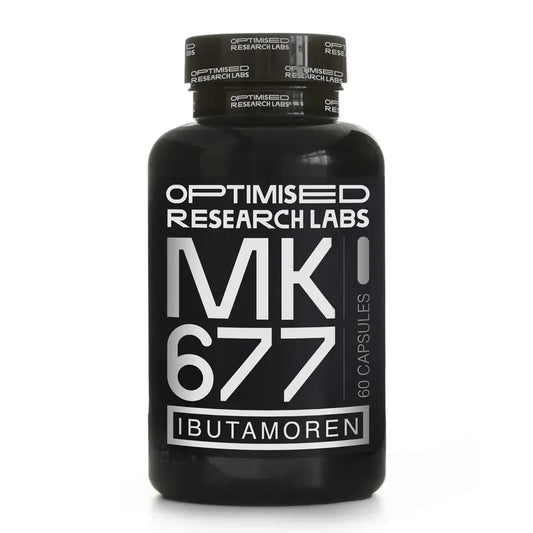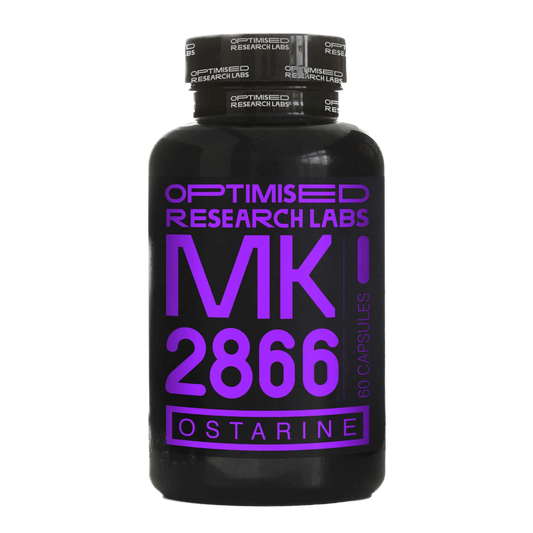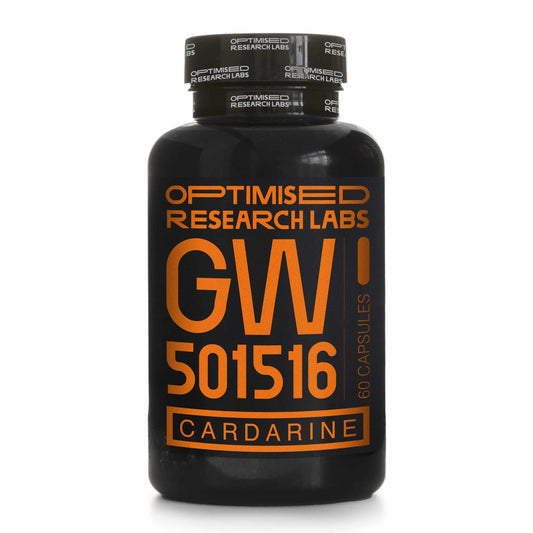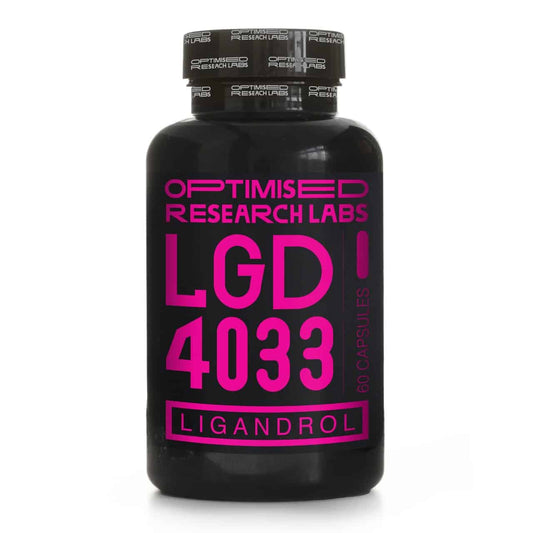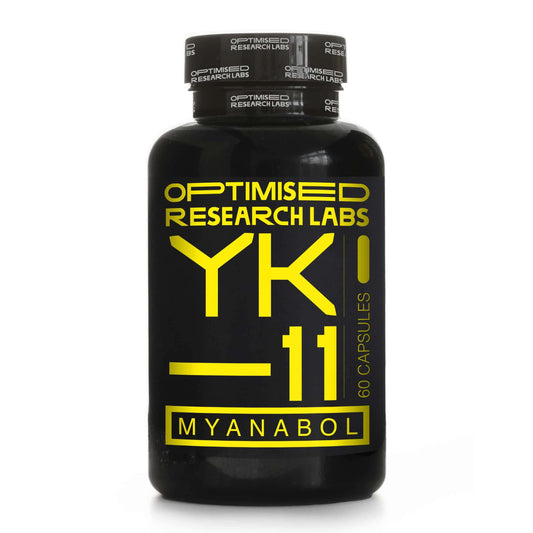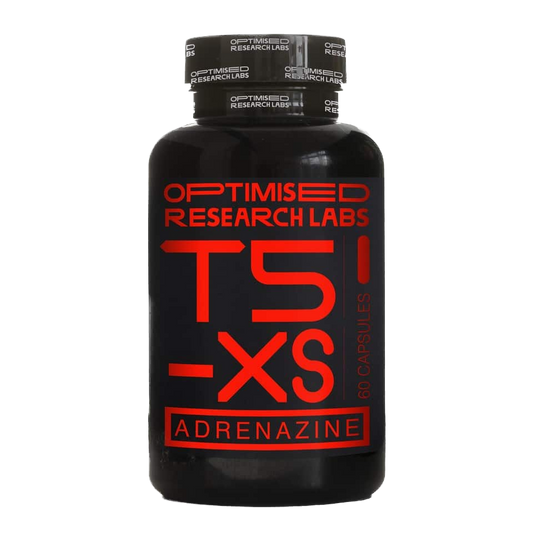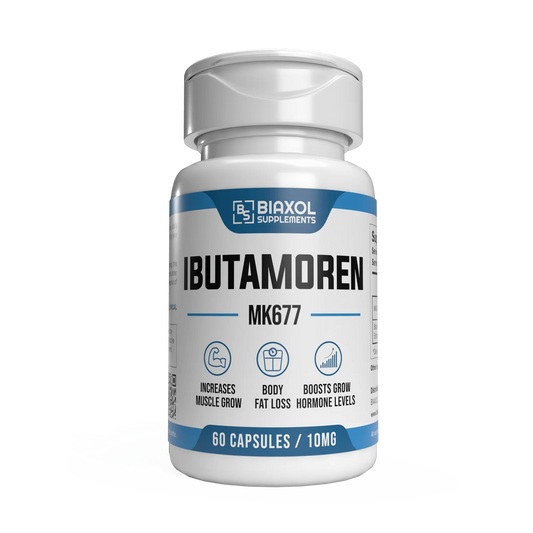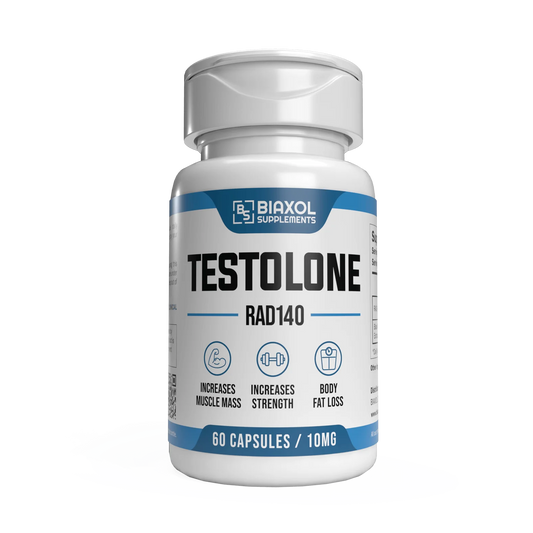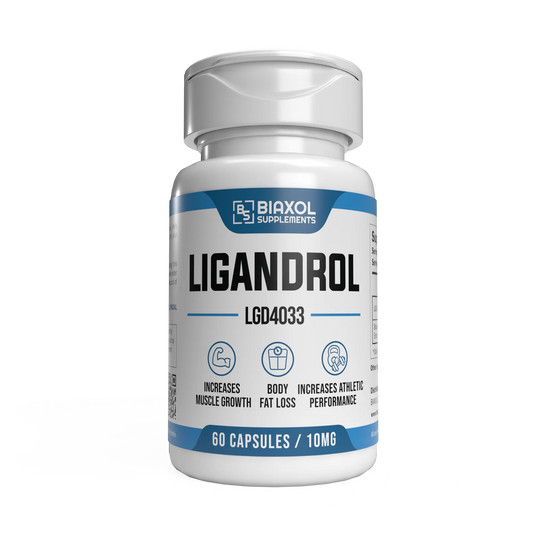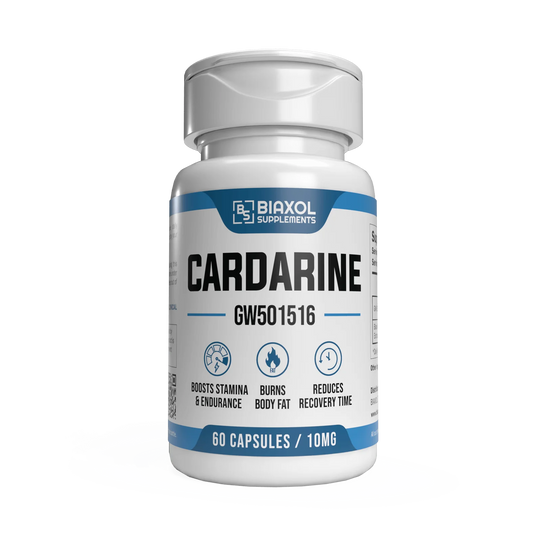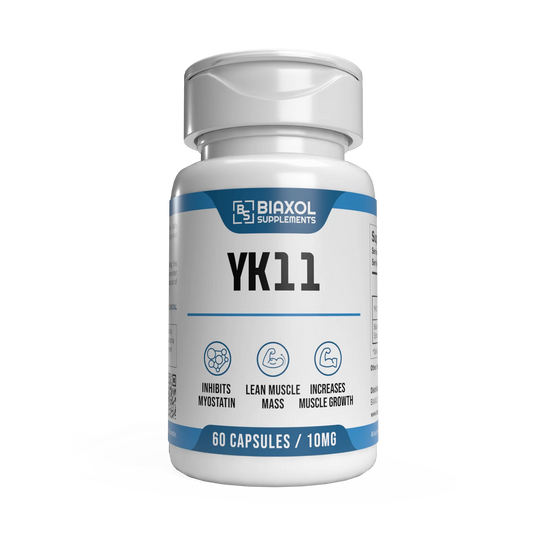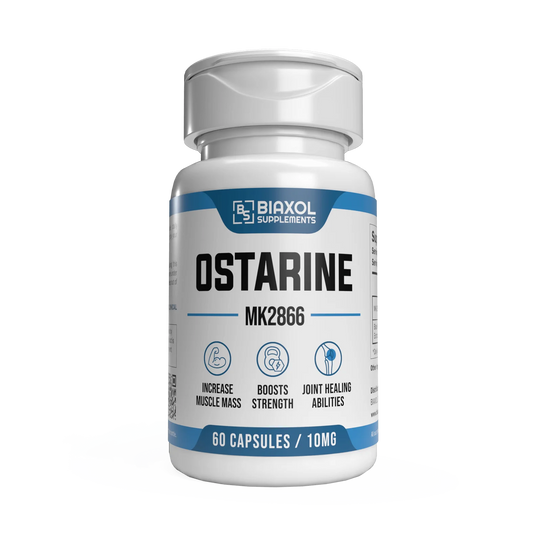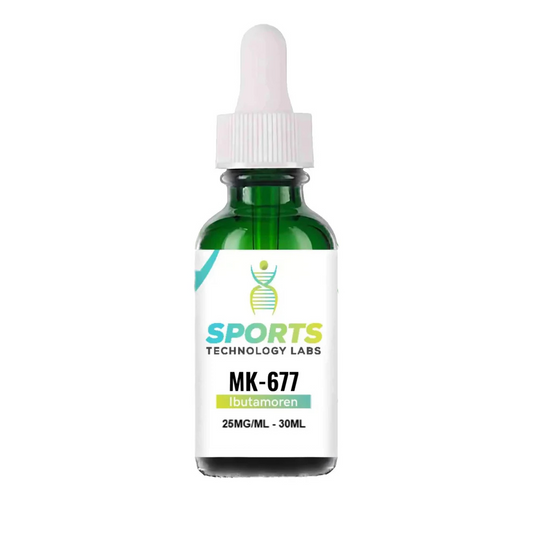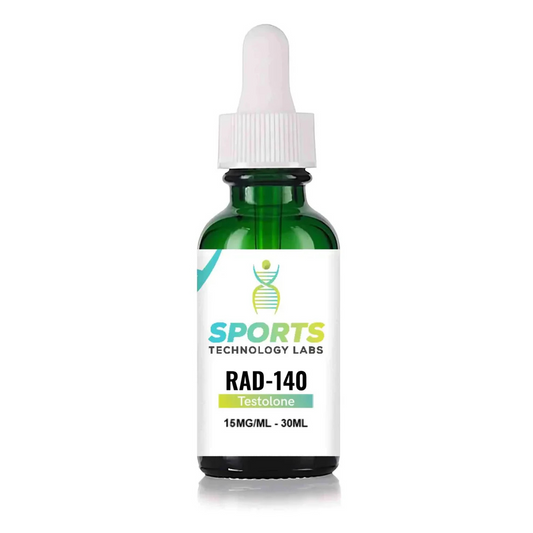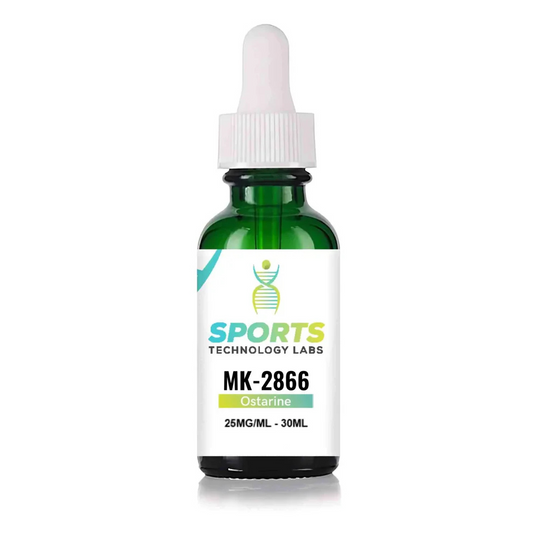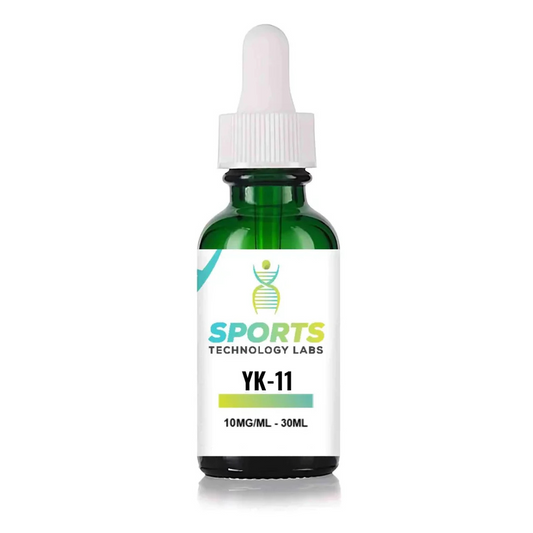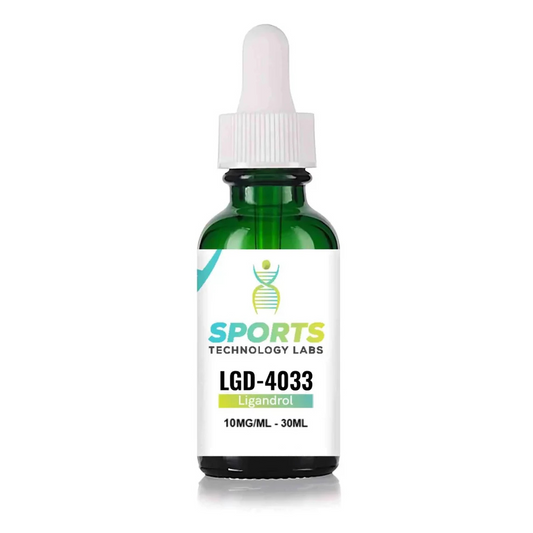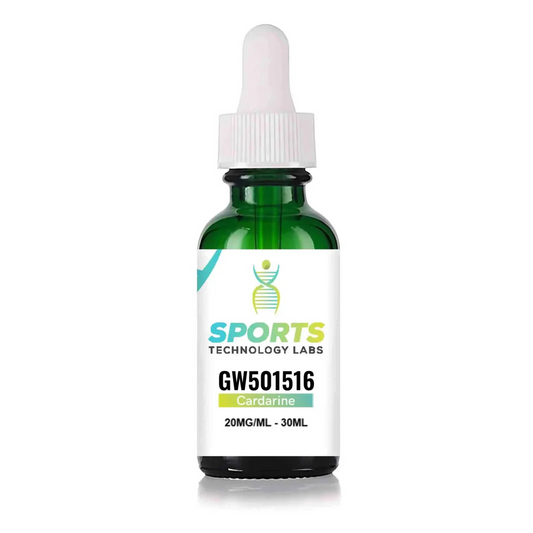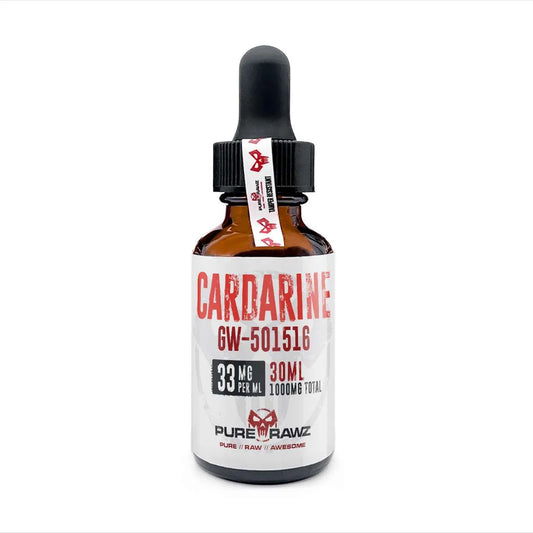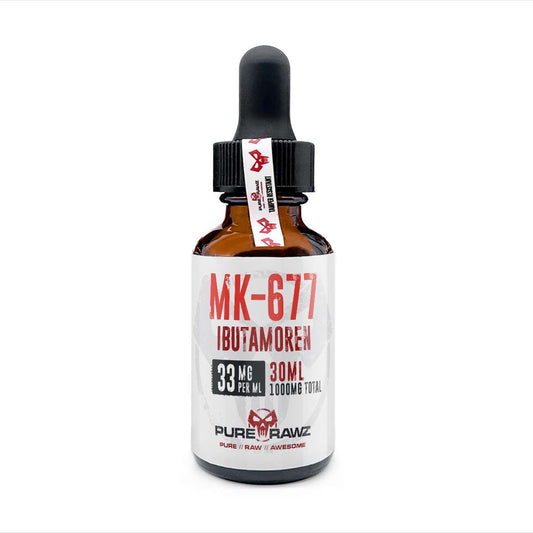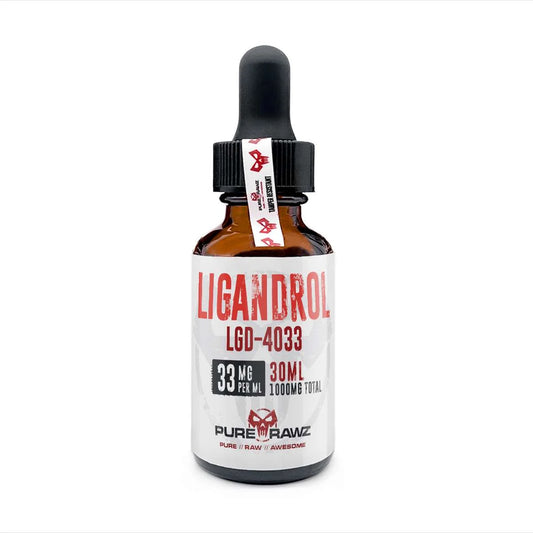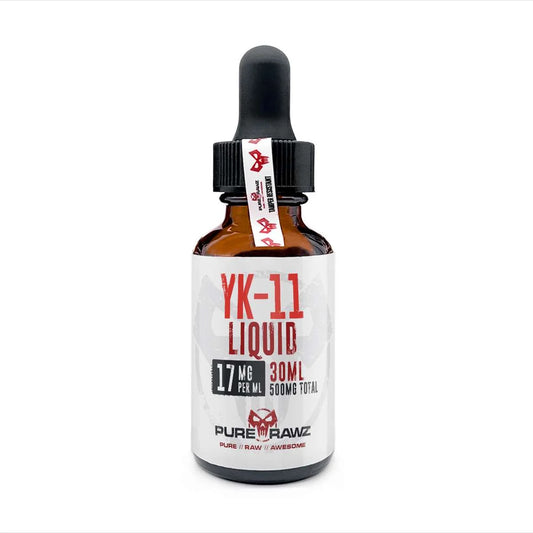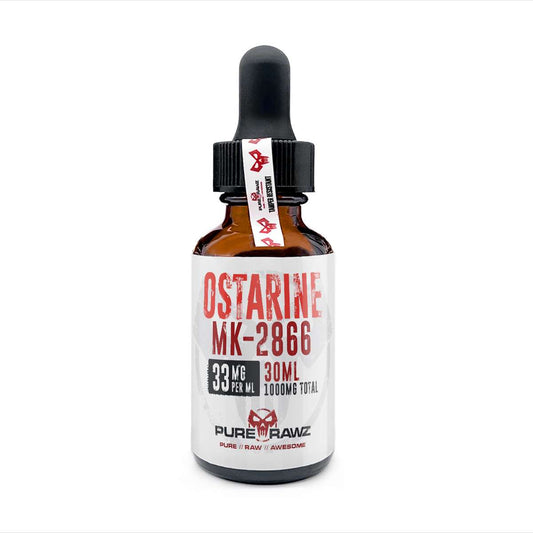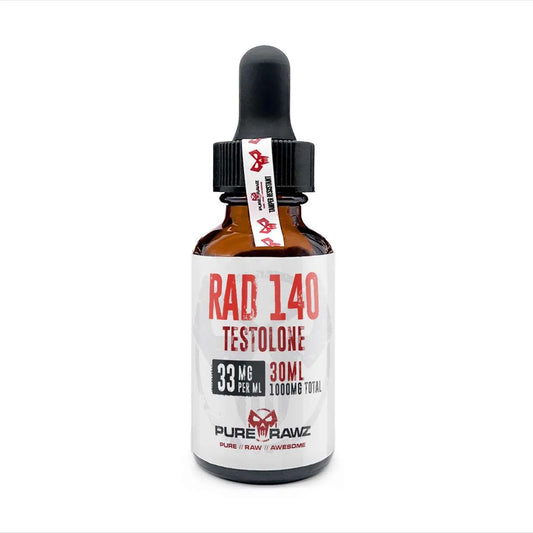Frequently Asked Questions About SARMs

SARMs (Selective Androgen Receptor Modulators) have become a widely discussed topic in recent years, especially across fitness communities and academic research. Below we answer the most frequently asked questions about SARMs, drawing from current studies, regulations, and published findings.
⚠️ Disclaimer: This content is for educational purposes only. SARMs are not approved for human consumption. Information provided relates to ongoing research and regulations.
1. What are SARMs?
SARMs, or Selective Androgen Receptor Modulators, are compounds studied for their potential to target androgen receptors in muscle and bone tissue. According to NIH published studies, SARMs have been investigated for possible therapeutic uses such as muscle wasting and osteoporosis.
Additional Source: Wikipedia
2. Are SARMs Legal in the UK?
In the UK, SARMs are not approved for human use and are regulated under the Psychoactive Substances Act. They are not sold as dietary supplements but may be available as research chemicals. Globally, the World Anti-Doping Agency (WADA) bans SARMs in all competitive sports.
👉 Read more in our Are SARMs Legal in the UK?.
Source: WADA Prohibited List.
3. Do SARMs Have Side Effects?
Research indicates that SARMs may affect hormone levels, liver markers, and cholesterol balance. Reported side effects vary depending on the compound studied, with Ostarine (MK-2866) and Ligandrol (LGD-4033) among the most researched.
👉 Read more in our Safety and Side Effects blog.
4. What Are the Most Popular SARMs?
Some of the SARMs most frequently referenced in research include:
Ostarine (MK-2866)
Ostarine is one of the most widely studied SARMs. Research has explored its potential role in preserving lean muscle mass, particularly in cases of muscle wasting. It is often highlighted in early clinical trials.
Ligandrol (LGD-4033)
Ligandrol has been examined for its effects on muscle and bone density. Some studies suggest it may influence lean body mass in controlled environments, though further research is needed to understand long-term outcomes.
Testolone (RAD-140)
RAD-140 is frequently discussed in preclinical studies for its strong binding affinity to androgen receptors. Research has investigated its possible applications in muscle and neuroprotective areas, though findings remain preliminary.
Ibutamoren (MK-677)
Although technically not a SARM, MK-677 is often grouped with them in discussions. It is a growth hormone secretagogue studied for its ability to stimulate growth hormone and IGF-1 release. Research has focused on its potential role in bone density, sleep quality, and muscle preservation.
Each compound has been studied in preclinical or clinical settings, though none are approved for human use.
5. How Are SARMs Different From Steroids?
SARMs are often compared with anabolic steroids. While steroids interact broadly with androgen receptors, SARMs are designed to be more selective in their activity. Current studies continue to evaluate how effective and safe they are in comparison.
Source: NHS guidance on anabolic steroids.
6. Can SARMs Be Detected in Drug Tests?
Yes. SARMs can be detected through advanced testing methods. Athletes should note that SARMs are prohibited substances in competitive sports, and anti-doping agencies test for them routinely.
7. Why Is SARMs Quality & Purity Important?
Independent lab testing is essential to verify product quality in research settings. Many reports highlight mislabelled or contaminated SARMs products on the market. Researchers should always look for third-party lab certificates.
Final Thoughts
SARMs remain an evolving area of scientific research. While studies continue to examine their potential, regulatory agencies emphasise that SARMs are not approved for human use. For those interested in the latest findings, reviewing peer-reviewed studies and official health guidelines is the most reliable way to stay informed.
👉 Read more in our News & Research on SARMs Blog.
